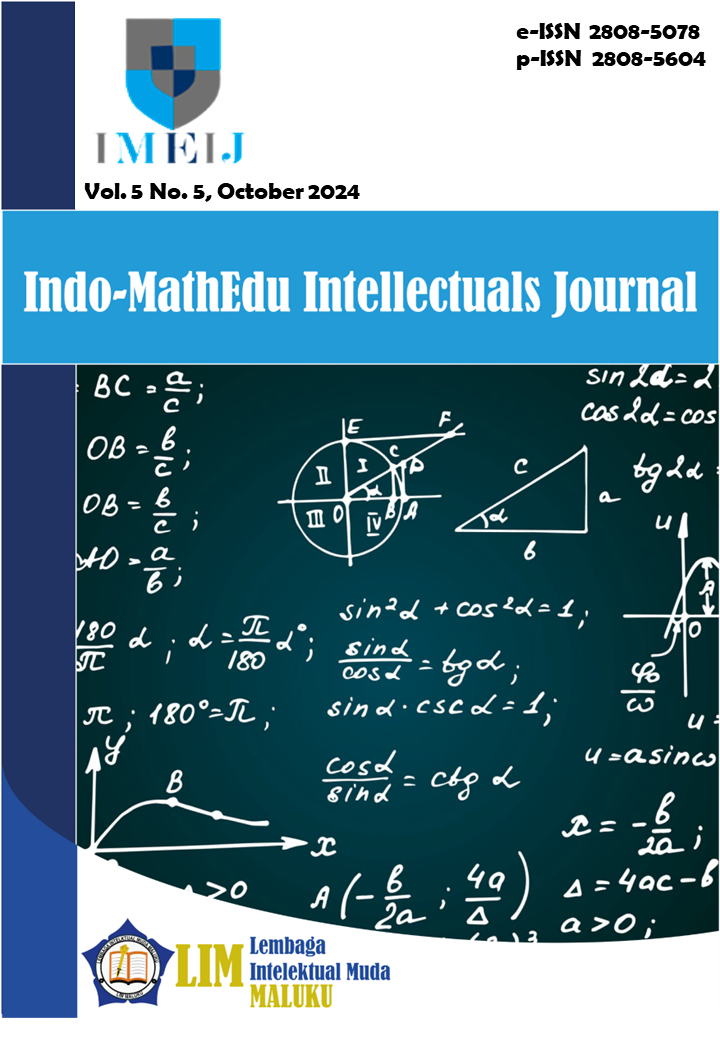Analisis Keterampilan Variasi Mengajar Guru Kelas IV SDN 09 Sungai Ambawang
Main Article Content
Abstract
The research background is based on the importance of variation skills in increasing students' learning effectiveness and motivation. This study aims to analyze the teaching variation skills of teachers at SDN 09 Sungai Ambawang, West Kalimantan, especially in teaching styles, media use, and interaction patterns during the learning process in grade IV. This research uses a qualitative approach with a descriptive method, data collection techniques through observation, interviews, and documentation. Data analysis is carried out qualitatively consisting of data reduction, data presentation, and conclusion drawing. The results of the study showed that grade IV teachers at SDN 09 Sungai Ambawang applied a variety of teaching styles quite well, including the use of voice variations, eye contact, and limb movements. The teacher also showed the effective use of graphic media, although there are limitations in the use of audio and projection media. However, the lack of variation in the patterns of interaction between students and the palpable or manipulated media indicates that there is room for improvement. Teachers have applied several variation skills well, there are several aspects that need to be improved, such as the use of more diverse media and increased interaction between students. This study suggests the need for additional training for teachers and the procurement of more complete media facilities to support the achievement of more optimal educational goals

